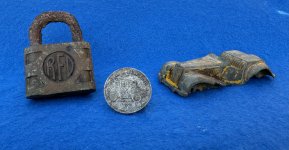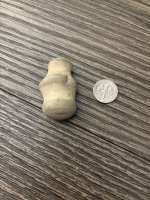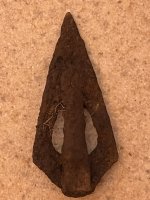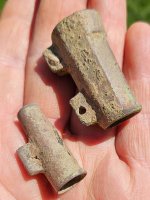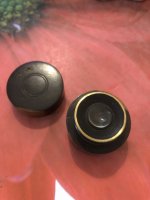Monkworks
Jr. Member
I am not good at math.
But i have been thinking about a way to come up with a probability formula that could be used to rate your hunting location via some conditions like
Age of the location
size of the location
Population around the location
Income of the population around the location
ground condition (soil type / canopy type)
Location activeness ( beach, or some reason why people came there/go there)
Pre-hunted ( known detectorist already have hunted)
I think a % chance of finding Gold, silver (old coins) could be discerned...
The formula could be used to find out a particular locations percentage of discovery over other areas... or even if just seeking gold for example...
The probability of finding said item...
Example:
Gold probability:
Silver probability:
relic probability:
I was inspired by “ search theory “ used in WW2 to find Uboats...
But where do you start to build a formula like this? and its not like we have scientific testing to see-
If 10 people go to a park for one hour and all have 10 coins in their pockets, how many coins return?
How would one start to figure out a formula for search probability in metal detecting terms?
But i have been thinking about a way to come up with a probability formula that could be used to rate your hunting location via some conditions like
Age of the location
size of the location
Population around the location
Income of the population around the location
ground condition (soil type / canopy type)
Location activeness ( beach, or some reason why people came there/go there)
Pre-hunted ( known detectorist already have hunted)
I think a % chance of finding Gold, silver (old coins) could be discerned...
The formula could be used to find out a particular locations percentage of discovery over other areas... or even if just seeking gold for example...
The probability of finding said item...
Example:
Gold probability:
Silver probability:
relic probability:
I was inspired by “ search theory “ used in WW2 to find Uboats...
But where do you start to build a formula like this? and its not like we have scientific testing to see-
If 10 people go to a park for one hour and all have 10 coins in their pockets, how many coins return?
How would one start to figure out a formula for search probability in metal detecting terms?
Amazon Forum Fav 👍
Upvote
0




